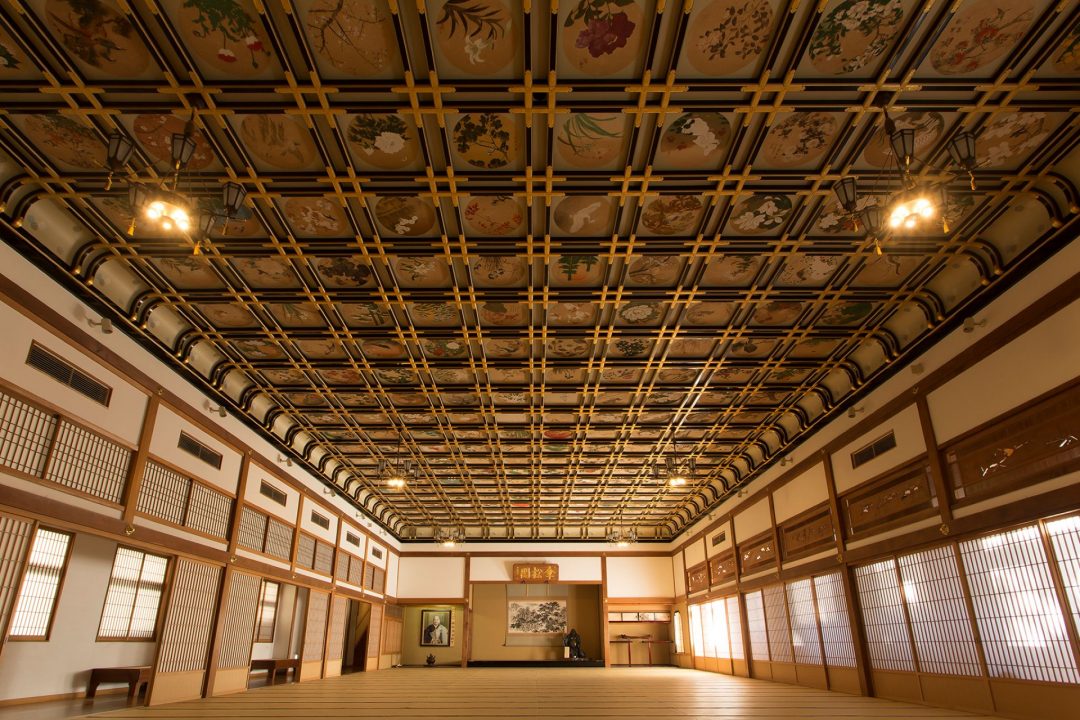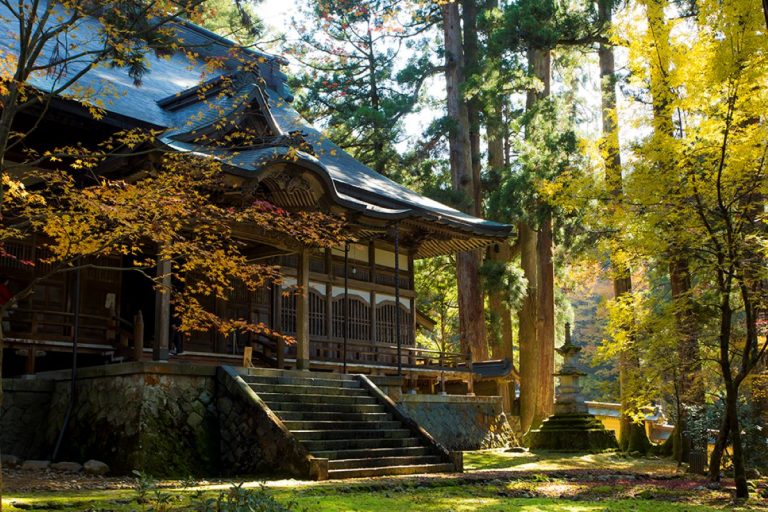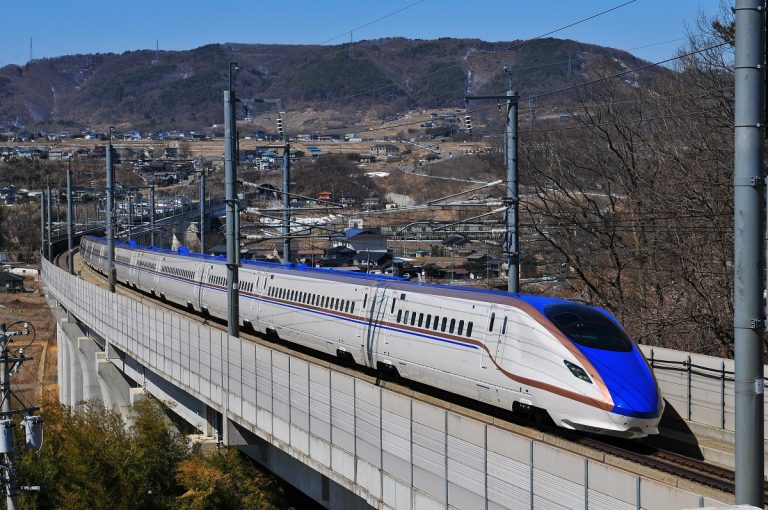
(c)Daihonzan-Eiheiji
- TOP
- Interests
- Culture & History
- Shrines & Temples
- Daihonzan-Eiheiji Temple
Daihonzan-Eiheiji Temple
A majestic Zen dojo with both history and tradition
- Closest station
Eiheiji Guchi Station on the Echizen Railway Katsuyama Eiheiji Line
- Access
Around X minutes by Keifuku bus from Eiheiji Guchi Station on the Echizen Railway Katsuyama Eiheiji Line; get off at the last stop, Eiheiji, and walk for 5 minutes.
Around 30 minutes by the Keifuku Bus Eiheiji Liner from JR Fukui Station; get off at the last stop.
- Location
5-15 Shihi, Eiheiji-cho, Yoshida-gun, Fukui Prefecture
- Opening hours
8:30-16:30
- Closed
Never
- Price
Adults: 1,000 yen; elementary and middle school students: 300 yen
Great Stuff to See and Do!
Trainee monks still engage in rigorous daily ascetic practices

photo:(c)Daihonzan-Eiheiji
Daihonzan-Eiheiji Temple is a Buddhist temple with 780 years of history. It is one of the two head temples of Soto Zen, along with Daihonzan-Sojiji Temple in Yokohama City, Kanagawa Prefecture. Daihonzan-Eiheiji Temple was founded in 1244 by Zen Master Dogen. It is known as a training center for Zen Buddhism, and, even today, many Zen monks are engaged in rigorous daily ascetic practices.
Zen Master Dogen became a monk at the age of 13 and practiced asceticism on Mt. Hiei, then traveled to China and pursued rigorous training under Zen Master Nyojo on Mt. Tendo. After returning to Japan, he devoted himself to showing the proper way and manners of zazen that had been handed down from the Buddha, and to transmitting the teachings of the Buddha in accordance with the teachings of Zen master Nyojo.
Visitors can also catch a glimpse of some of the practices

photo:(c)Daihonzan-Eiheiji
The 33 hectare (81.5 acre) site is surrounded by large, 700-year-old cedar trees, and the temple grounds are lined with more than 70 halls and pagodas, both large and small. Highlights of a visit to the temple include the picturesque Sanshokaku reception hall and its painted ceiling featuring 230 colorful paintings of flowers and birds; the Joyoden that houses the interred remains of successive Zen Masters; the Daiko-in, the temple’s kitchen; and the Sanmon, the entranceway for monks entering the temple.
General visitors to Daihonzan-Eiheiji Temple can also experience ascetic training. They can participate in the morning service (chanting sutras), experience zazen meditation on a day trip, or experience Zen meditation over a one-night two-day program. Seeing the beautiful grounds and experiencing Zen practices will deepen your understanding of Zen and help you realize that the temple is a living training hall.



